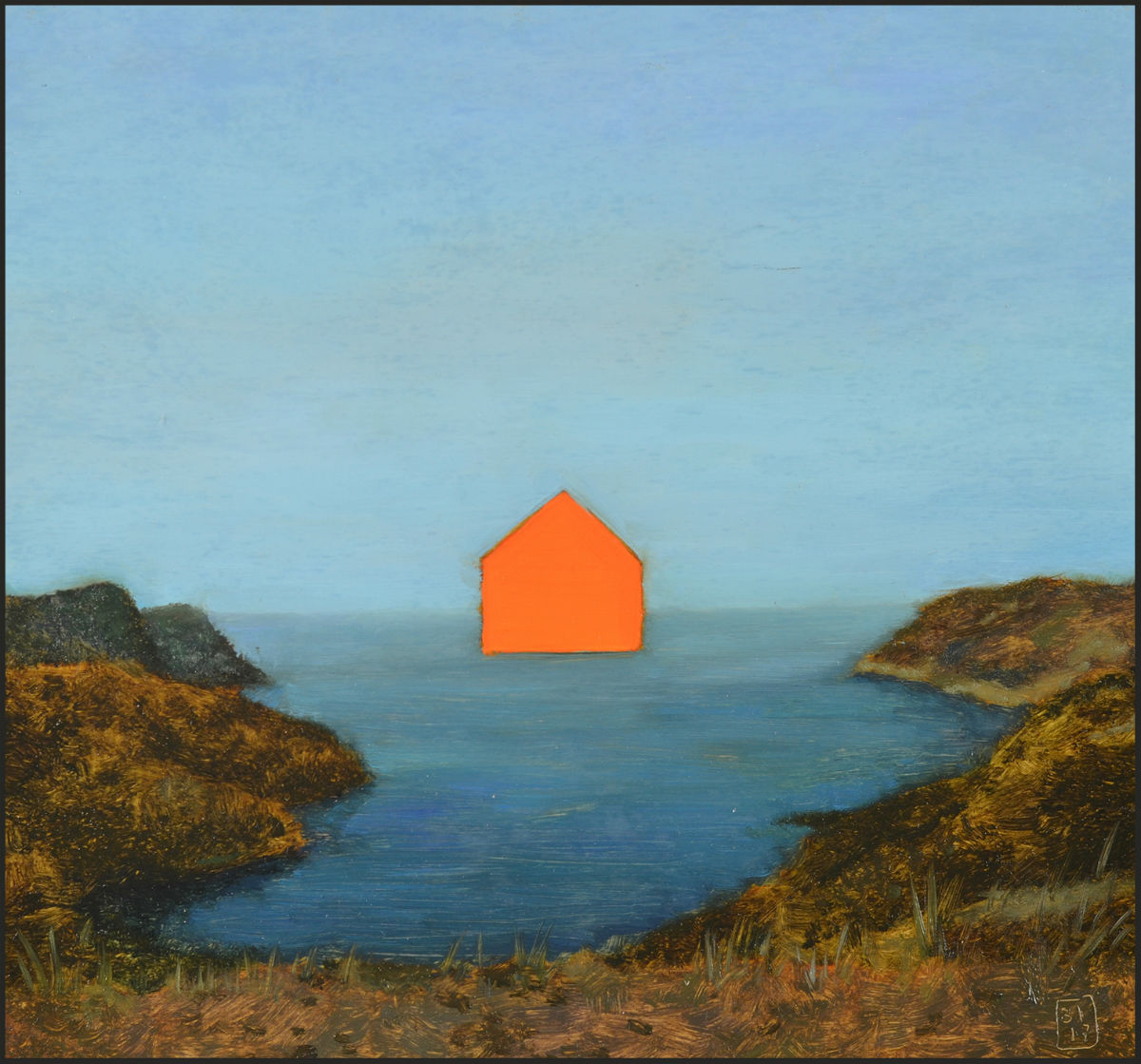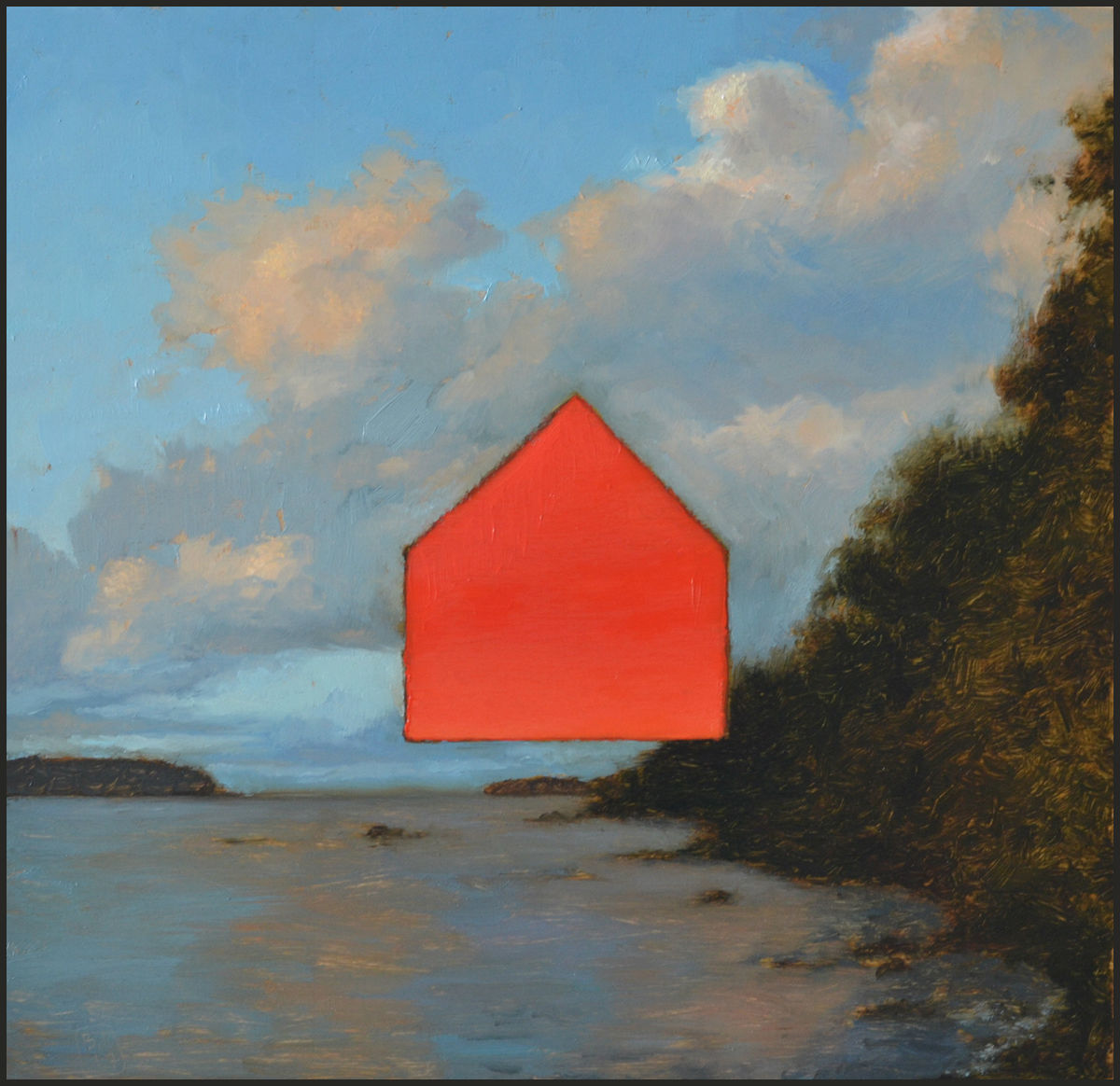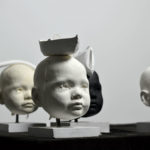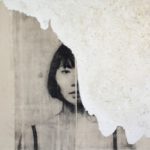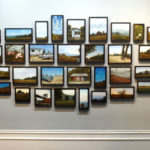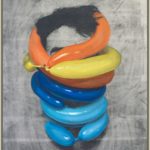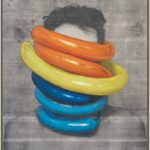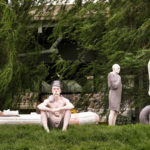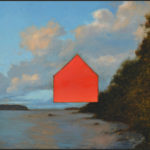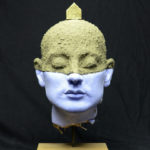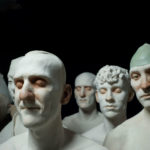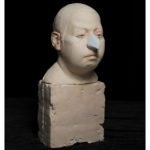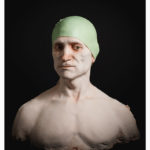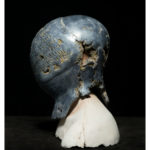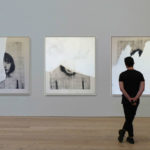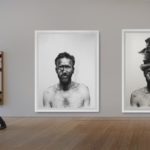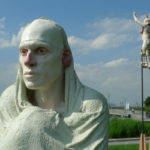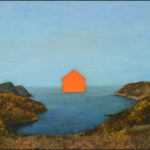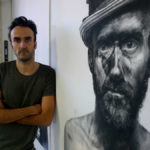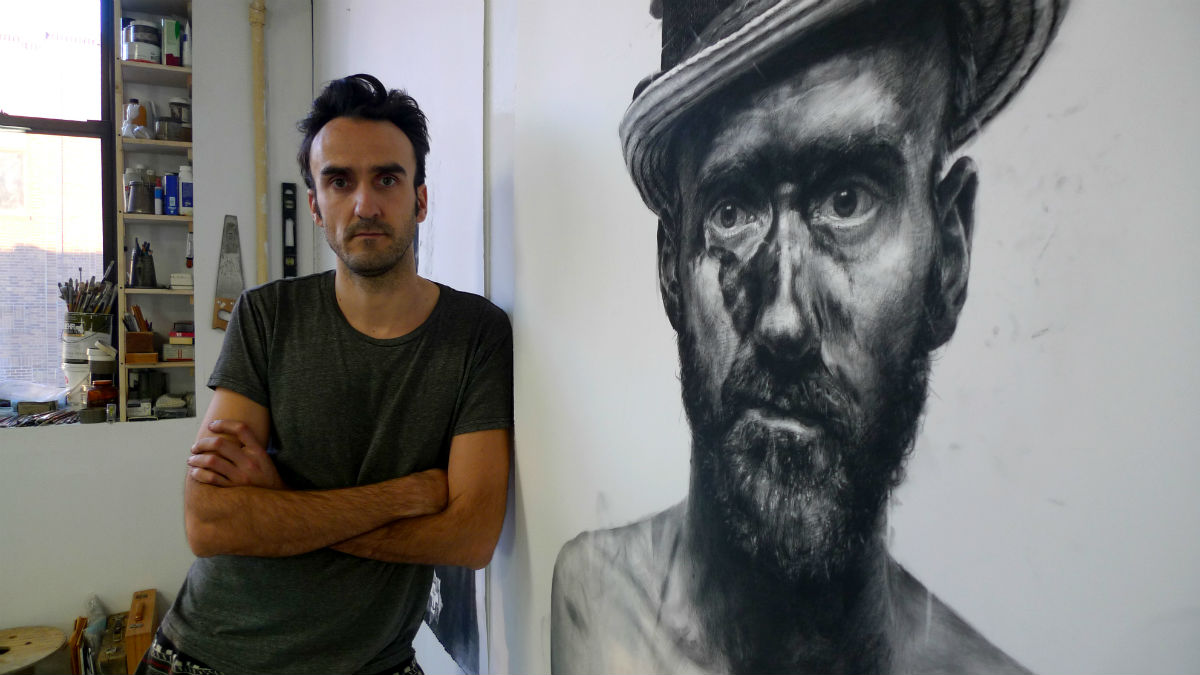
Interview with Benat Iglesias Lopez
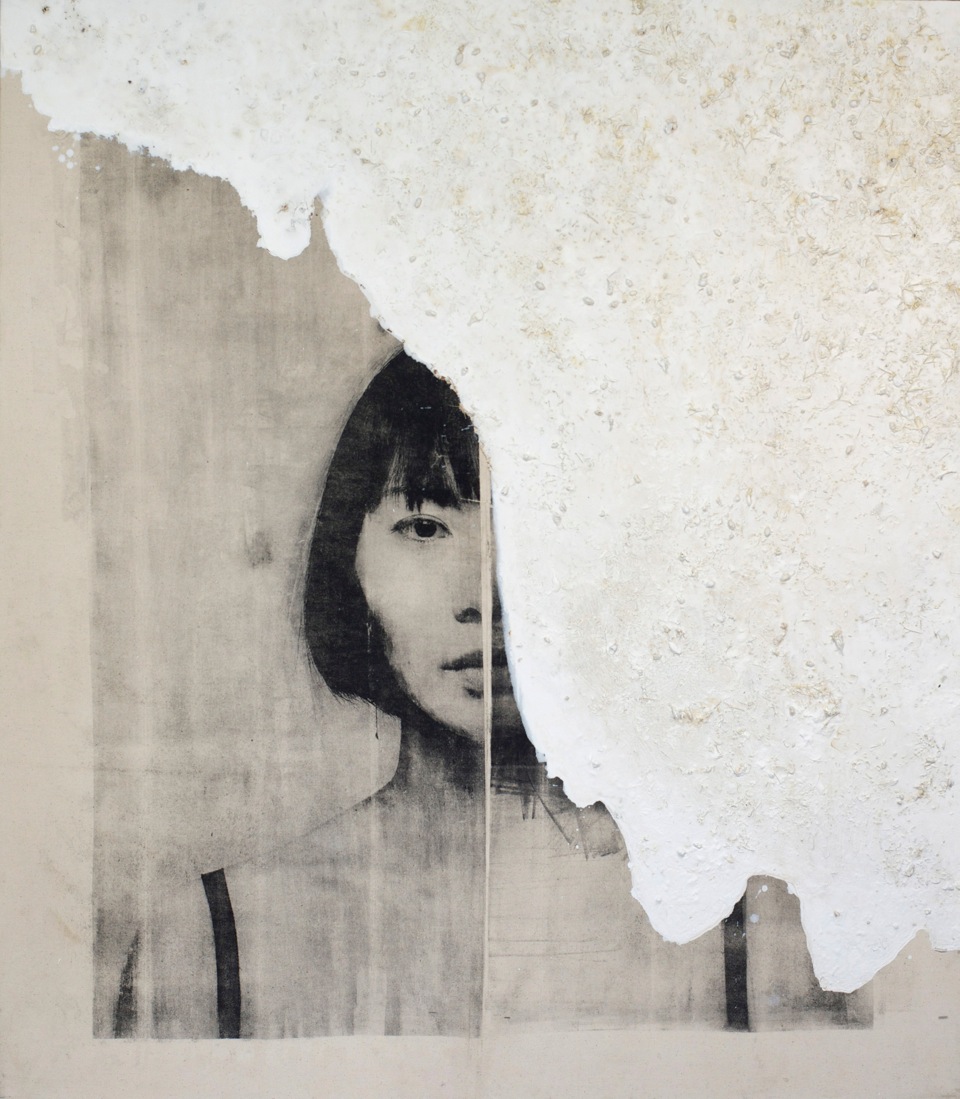
Can you remember the instance that made you want to become an artist?
I have strong memories of my first visit to the Reina Sofia Museum in Spain; I can visualize myself as a 5- year old boy, holding my mom’s hand and walking through the Museum to find the Guernica painting by Pablo Picasso. I remember being overwhelmed and mesmerized by the large painting depicting the bombarding of the town of Guernica during the Spanish Civil War. As a 5-year-old, I was not aware of the meaning of the painting, neither who Picasso was, leave aside what being an artist was. But I knew what I had in front of me was something very powerful and something I was very attracted to.
Since then, a yearly visit to the museum to see the Guernica painting became like some sort of ritual, one that my mom was happy to make possible for me by travelling from our small town in the north of Spain, all the way to Madrid.
As a kid the Guernica painting had a tremendous visual impact on me, and the experience I had as a 5-year old, just grew stronger as years passed by and I realized about the importance an artwork can have to individuals, as well as to our society.
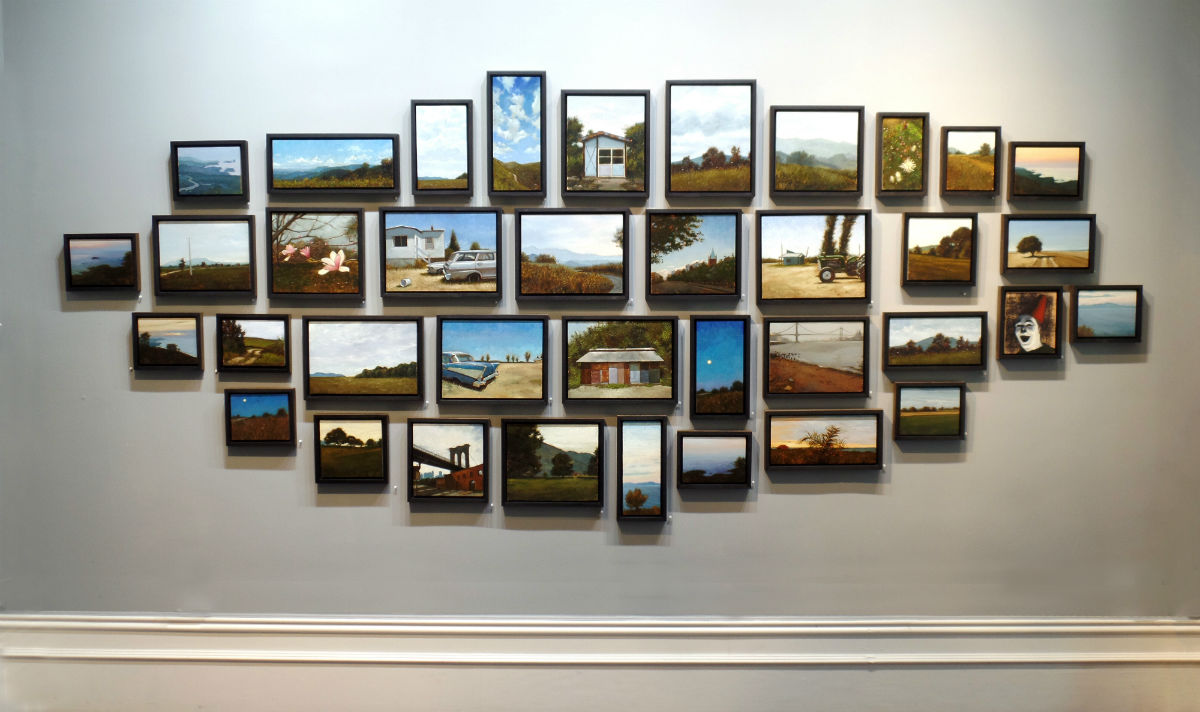
How would you compare the art scenes in Spain and New York ?
New York and Spain are two different places under one big umbrella.
They are located on two different continents, therefore the sensibility and tendencies in the art world in these two places are very different.
The art scene in the US is well known for a varied international artist presence.
Spain has always enjoyed a great tradition in art, and as a consequence Spain has brought some key artists into art history. Something very important in Spain is that Spanish artists don’t look at their tradition in art as something that anchors them but more as a strong foundation or departure point.
Tendencies, or trends may differ due to cultural differences in both places, but most importantly we need to understand that although location in time and space is to be considered when looking at an artwork, art is something more universal than geographical locations, no matter when or where it has been created great art will always be transcendent.
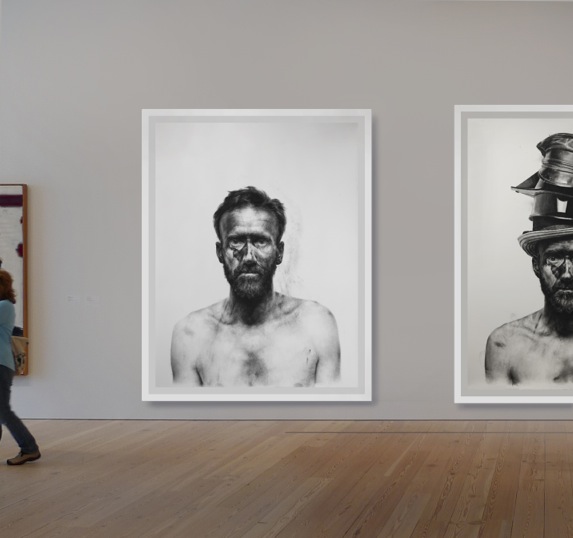
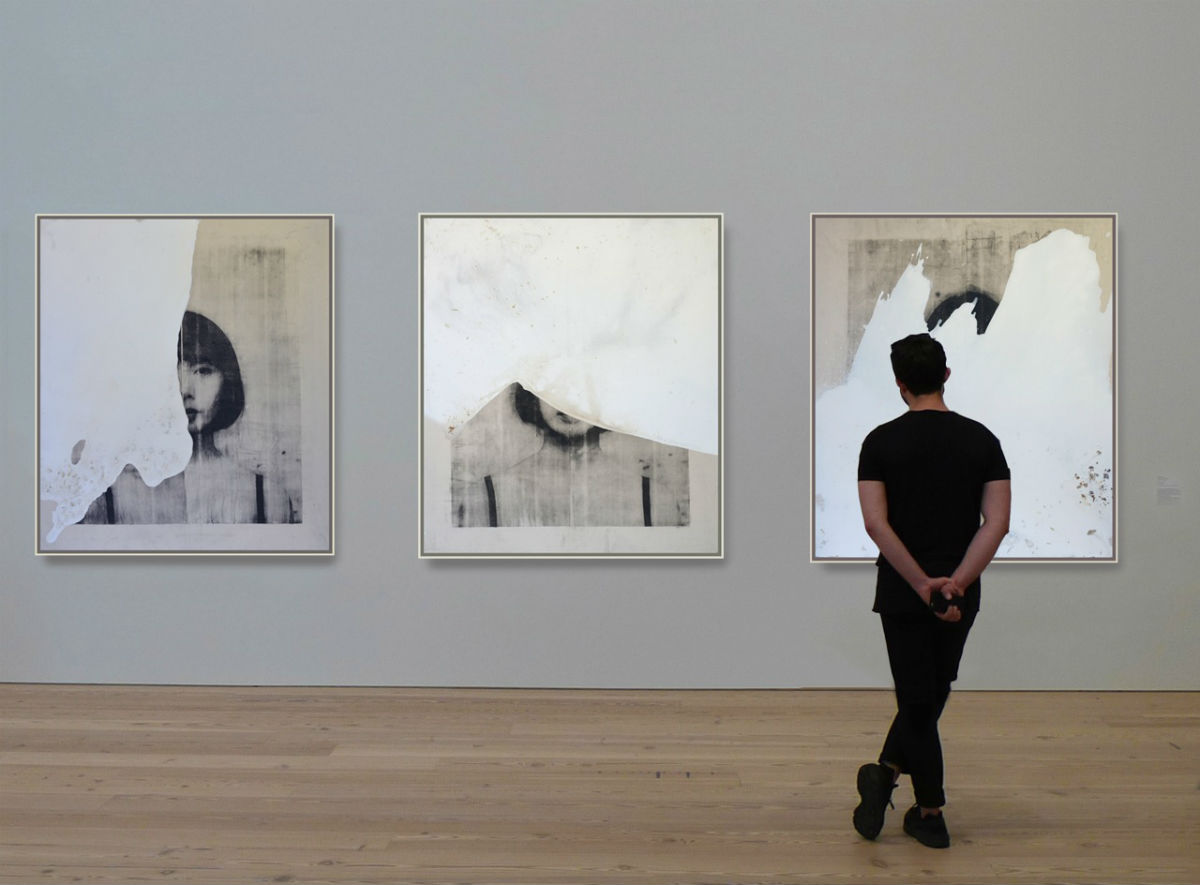
What attracted you to New York City?
I was never particularly interested in coming to New York, since I thought that NYC is one of these places where distractions can take over one’s life, and when it comes to art making, I feel it is important to be focused and able to submerge yourself into the work.
The words of one of my instructors though, resonated long enough inside of my head, and convinced me that NYC could be an important step in my art career. At the time a lot of my studio time was devoted to developing my technical skills, and New York had a great reputation for schools, academies, and private ateliers, and that’s what finally made me decide to move to the city 12 years ago now.
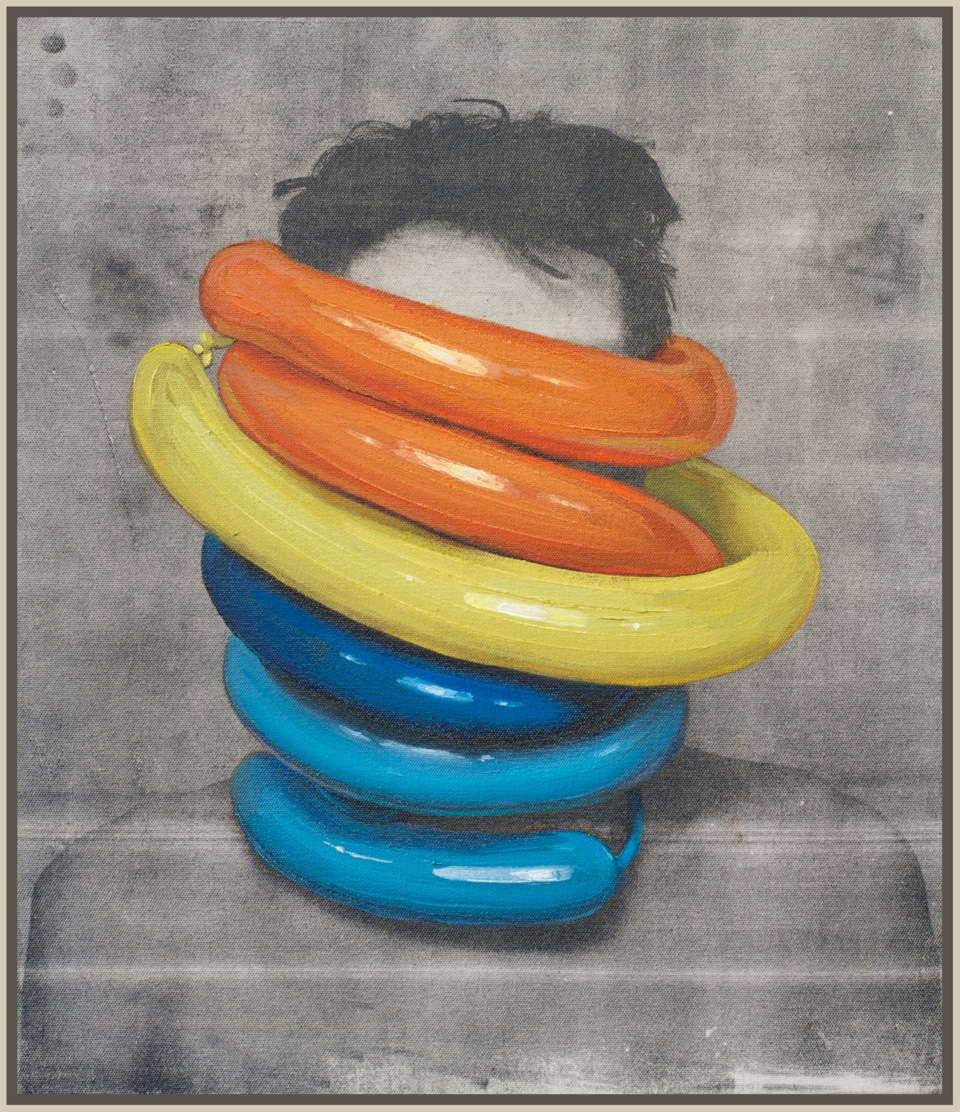
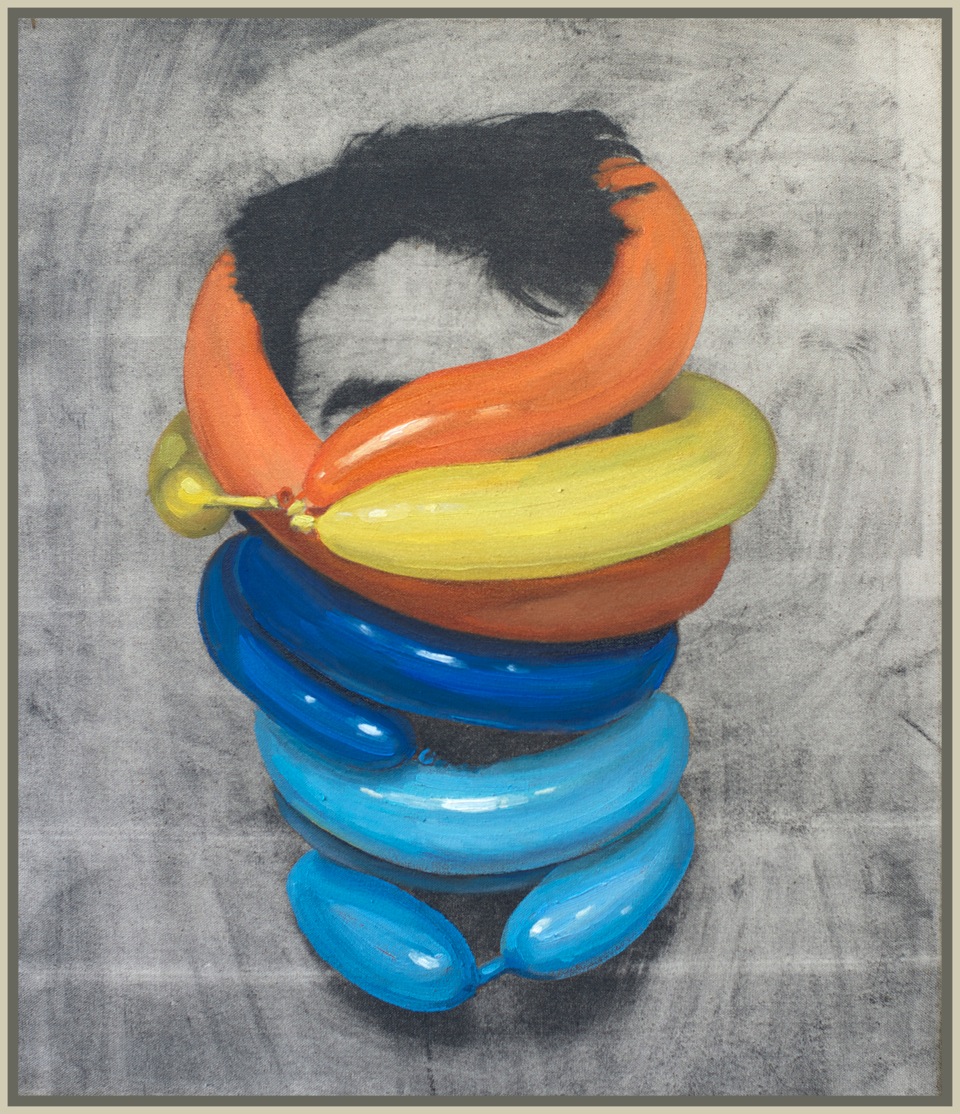
Why are you so passionate about art?
On a personal level, art making is something that comes naturally to me, in the sense that I instinctively jump into playing with any material I find around me. The engagement level that I find in the process of art making is something very special, and something I learn a lot from. Besides a way of communicating with others, it is a way of self-exploration and a continuous learning approach to life.
On the other hand, the art world enjoys some sort of freedom that is difficult to find in other fields or aspects of our society. Anything can be art (of course that doesn’t mean that everything is art); it has no limits or boundaries, and that is a priceless contribution to our society, which seems to constantly rely on a constructed rationale.
With art you can engage someone in new ways, arising experiences at times difficult to describe or understand by breaking down an equation, and I find that to be something essential and necessary for us as human beings.
How did you decide to specialize in representational work?
I have always instinctively gravitated towards portrait making. I find people to be fascinating, both physically and psychologically. There is a lot that can be said through a facial expression and there is just as much we can imagine when contemplating people.
People are carriers of stories; we immediately jump into creating a background story when looking at someone, and I find that to be fascinating as well. There is a lot we can tell and there is a lot that we create, and I’m deeply interested in these two realities.
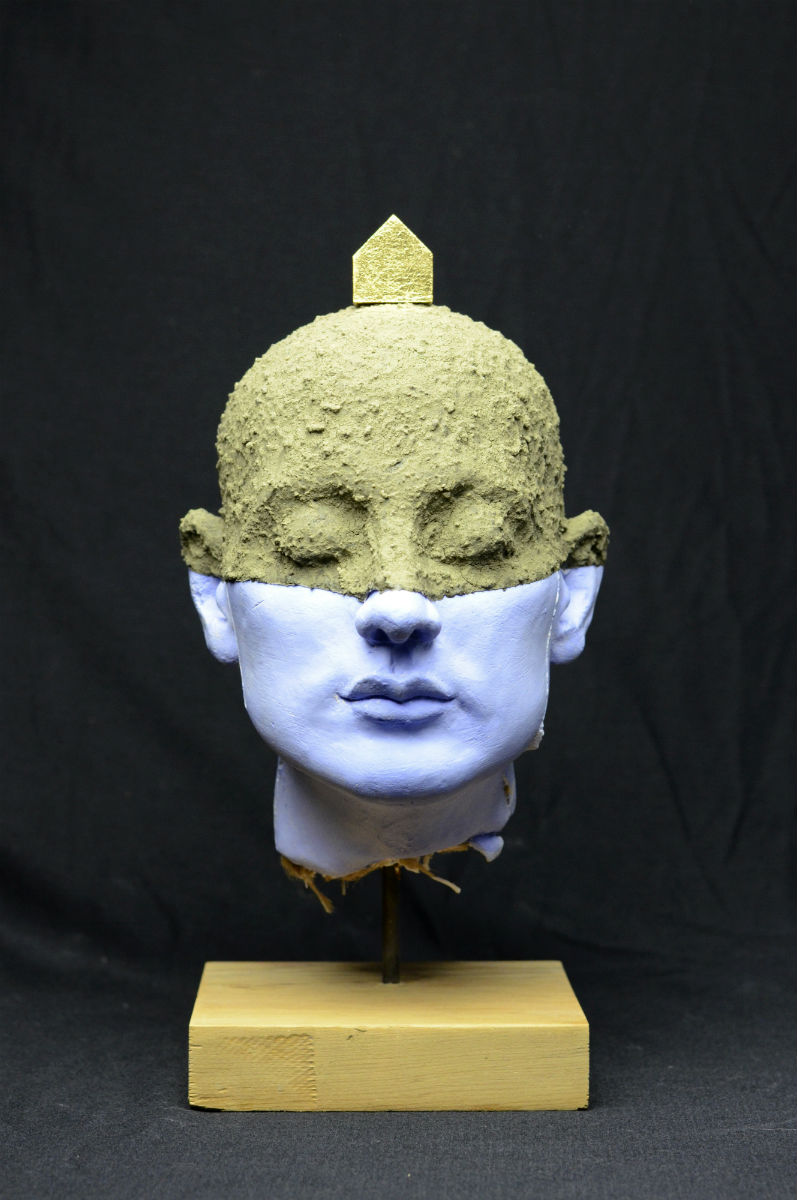
If you weren’t an artist, what profession would you have pursued?
If I were not an artist I would probably be either an Art Therapist or a Doctor. I find these three careers to be connected in the sense that their focus is to improve others’ lives.
How would you describe your philosophy and mission as an artist?
I’m a big fan of the idea of “honesty,” so when it comes to art, I truly appreciate when an artwork reflects the artist’s genuine and honest interest. Anything that falls into trends or pure stylization immediately loses my interest, since I find it to be superfluous and far from what I consider a “real experience.” Through art we are exposed to somebody else’s point of view on a matter, and if we are open through this exposure process there is a lot we can learn from it.
It is not my interest to make big statements with my work, since big statements seem to go hand in hand with the idea of “Truth,” and truth often tends to be one sided. We build our reality upon personal and collective conclusions around the idea of truth, and there is a big chance that during this process, to arrive at a conclusion, we will fill in missing information with our own preconceived ideas.
So my intention is to create artworks that in a subtle way will recreate that experience. My works, often appearing minimalistic, provide just enough information to activate the viewers mind. They are visually engaging, but their exact meaning is unresolved and requires further thought.
My focus is on creating artworks that allow the viewer to question our tendency of jumping to conclusions, or our desire to categorize everything into definable boxes. I feel it is not my responsibility to tell stories through my work but to present the necessary elements that will ignite an internal conversation on the viewer.
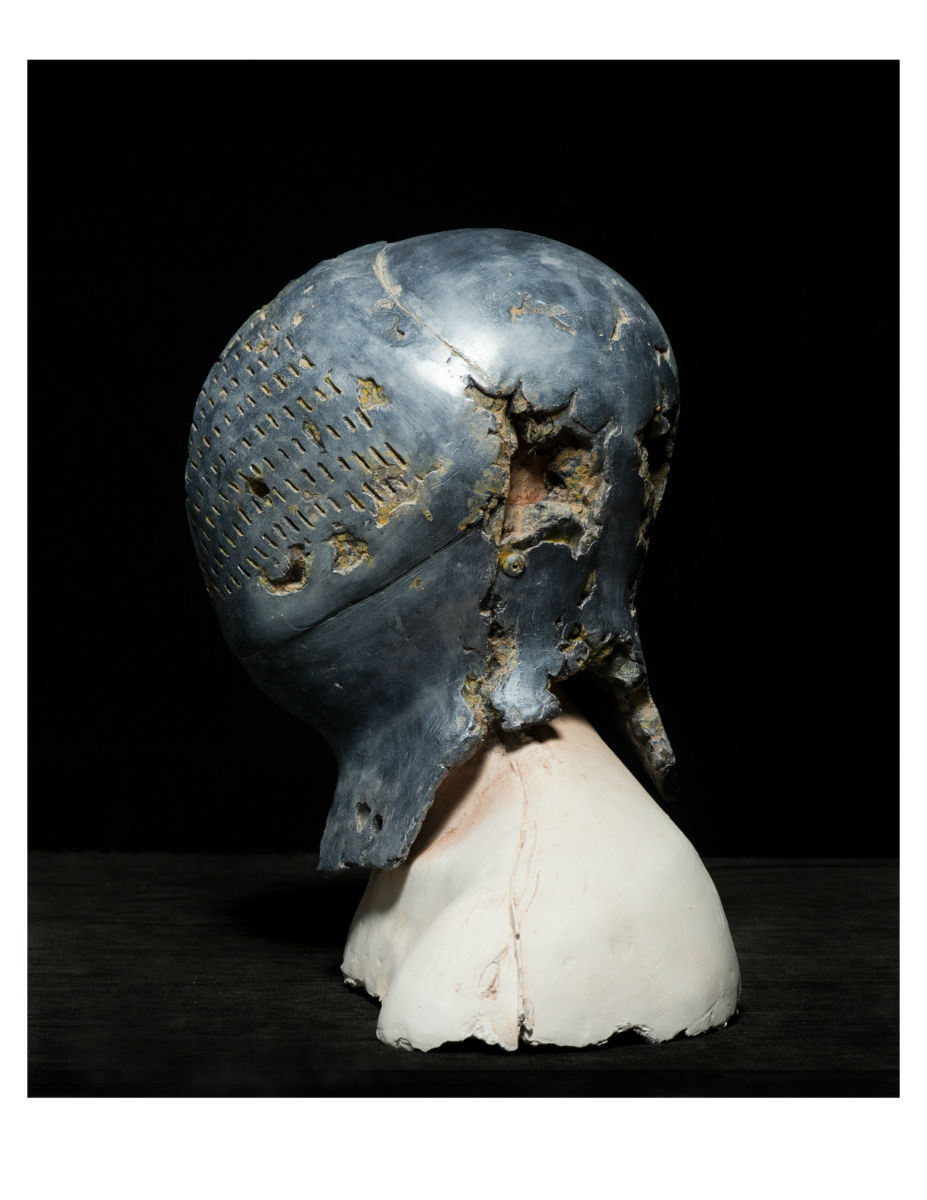
Let’s talk about “The Bathers” in Riverside Park South…
The installation of “The Bathers” was an incredible opportunity to have a group of sculptures installed in a public site in the middle of Manhattan. An aspect that I enjoy tremendously when having artwork in a public space is that your work interacts with people who are walking down the street without being aware that all the sudden they will encounter an art installation. That surprise element of public sculpture I find to be very attractive an exciting.
“The Bathers” is an interpretation of how this “theme” has been approached throughout art history by artists such as Cézanne, Matisse, Picasso, and Seurat, just to name a few. I deeply studied these artworks and finally came up with my own interpretation. The sculpture “The Bathers” is a composition of 4 life-size figures and one boat.
All the sculptures have a very naturalistic or realistic feel. These figures were dressed with elements such as hats and costumes, and the boat also contained elements reminiscent of the past and present. These elements can have strong connotations, which I want the viewer to question. By decontextualizing these symbols, I want to make the obvious questionable and provoke the viewer into reexamining their initial interpretations.
In this way I strive to prompt the viewer an emotional response that will lead to a dialogue between the sculptures and the viewer. I want my sculptures to engage people in a thinking process, wondering and questioning what at first seemed “obvious”. It is a process deliberately directed to be open to each individual’s interpretation.
And as I had hoped before installing “The Bathers” at Riverside Park, many viewers arrived to very different conclusions of what the sculpture installation was about; some thought the 4 figures were just a group of friends enjoying a day at the river, some others thought they were a group of four people stranded in an island after a shipwreck…
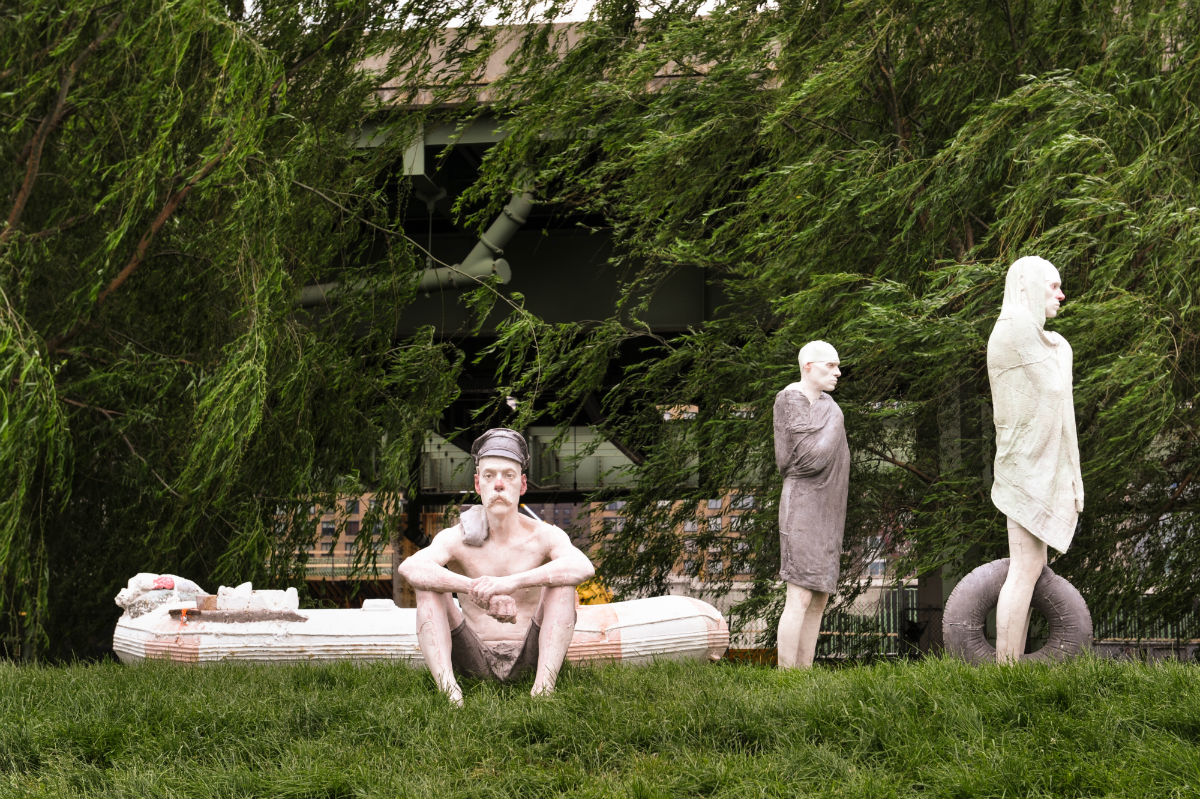
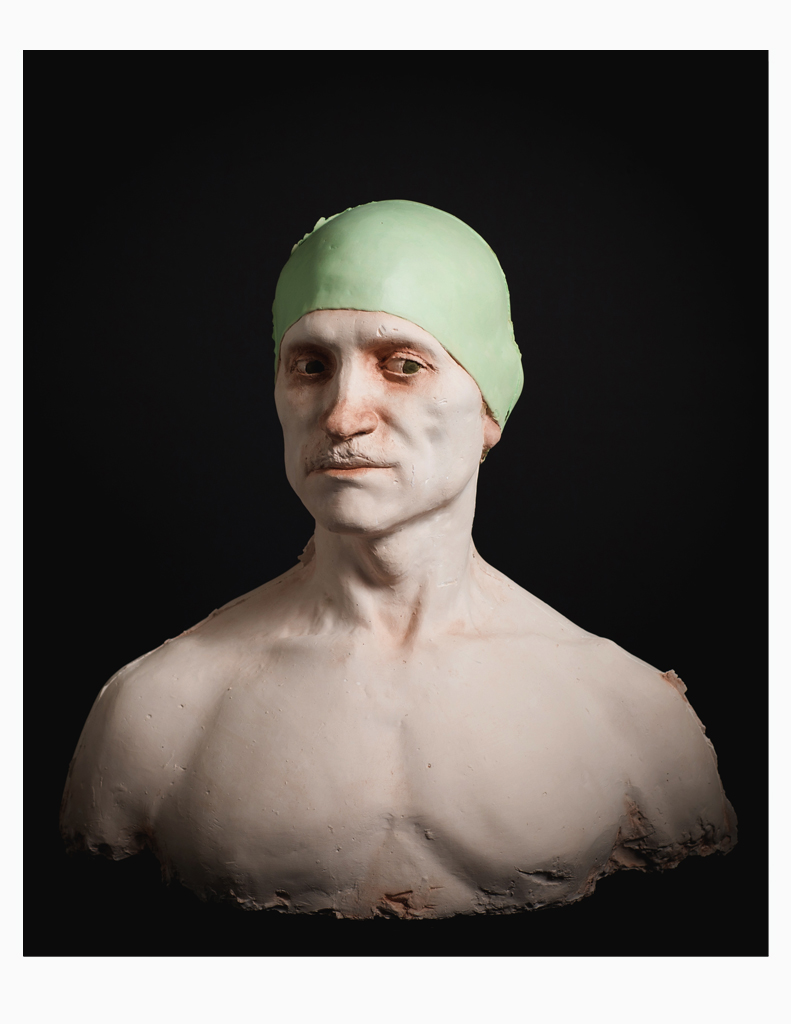
What’s next for you? Any new projects you are working on now?
For the last couple of years I have been working around the meaning of the word REFUGE. I’m interested on the meaning of refuge, as a physical space that protects us from the surrounding environment, as well as the idea of refuge as a memory, or place in our mind, where we can go looking for comfort and safety.
I have produced a series of small landscapes based on my own memories, depicting familiar places that I have personally inhabited, and which I associate with a strong feeling of comfort, and peace.
These days, it is almost impossible to think of the word refuge, without having in mind the world refugee situation, so I have been giving a lot of thought to this matter and in response I’m creating a group of wood sculptures depicting groups of refugees while travelling on a boat, on their way to a safe land.
These sculptures, when inhabiting spaces of our everyday life, more than a political statement are meant to redirect our view to a reality of our times.
